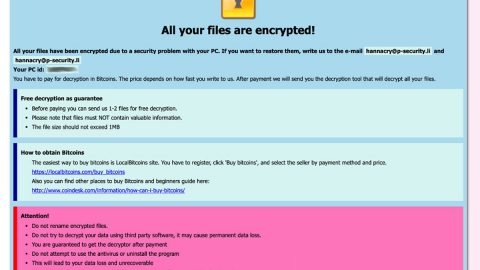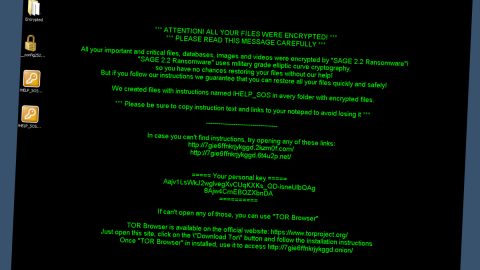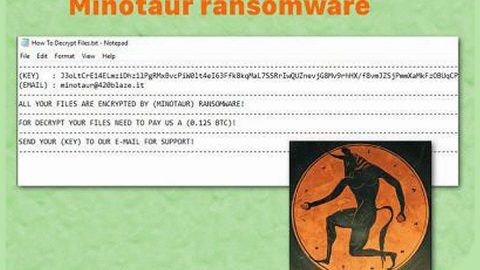What are 44-8000-903-274 Pop-ups? And how do they behave?
If you keep encountering 44-8000-903-274 pop-ups, then there’s a high chance that a malware has infiltrated your computer. 44-8000-903-274 pop-ups have deceptive information that makes you think that something’s wrong with your computer and urges you to reach a toll free number which is 44-8000-903-274 which is not a operated by certified computer experts. It often includes Microsoft logos to make it more believable. Pop-ups like this usually appear on phishing websites and may include a bad script that can cause your browser to crash. Along with the 44-8000-903-274 pop-ups, these sites also promote fake computer support services and may be shown with a background that has logo of Skype, MSN, Office, Xbox and Outlook, including the message saying:
“Windows Has Detected Problems On Your System
Do Not Turn Off Your Computer
Contact Our Certified Windows Technicians For Immediate Assistance
44-8000-903-274”
Apart from that message, the foreground will also be occupied by a notification box labeled as “YOUR COMPUTER HAS BEEN BLOCKED” that contains the following message:
“YOUR COMPUTER HAS BEEN BLOCKED
Please call us immediately at: 1-844-835-0929 Do not ignore this critical alert. If you close this page, your computer access will be disabled to prevent further damage to our network.
Your computer has alerted us that it has been infected with a virus and spyware. The following information is being stolen…
> Facebook Login
> Credit Card Details
> Email Account Login
> Photos stored on this computer You must contact us immediately so that our engineers can walk you through the removal process over the phone. Please call us within the next 5 minutes to prevent your computer from being disabled.
Toll Free: 44-8000-903-274”
According to the message above, it suggested that your system has been blocked due to some error reports with code names like “Error#0x80072ee7” or “Error Code: FXX000” to make it seem like an error from Microsoft. It is highly recommended that you avoid contacting the number provided above for you might be taken advantage of and be forced to pay heft amount of money for services that you don’t really need. Apart from that you might unknowingly grant them remote access to your computer which could put your computer at risk since they could drop a harmful virus like ransomware that will compromise your files. Needless to say, the removal of the malware behind the 44-8000-903-274 pop-ups is a must.
Since the cause of 44-8000-903-274 pop-ups is a malware on your system, you must get rid of it to prevent coming across such deceptive pop-ups and alerts. To do so, follow the removal guide below:
Step 1: Close the browser that displayed the 44-8000-903-274 pop-ups.
Step 2: Open Windows Task Manager by pressing Ctrl + Shift + Esc at the same time.

Step 3: Go to the Processes tab and look for any suspicious processes.

Step 4: Right-click on the files, click Open File Location and then scan them using a reputable antivirus program such as SpyRemover Pro. After opening their folders, end their processes and delete their folders. If the virus scanner fails to detect something that you know is suspicious, don’t hesitate to delete it.
Step 5: Open Control Panel by pressing the Windows key + R, then type in appwiz.cpl and then click OK or press Enter.

Look for any suspicious program responsible for the 44-8000-903-274 pop-ups and then Uninstall it.

Step 6: Hold down Windows + E keys simultaneously to open File Explorer.
Step 7: Go to the directories listed below and delete everything in it. Or other directories you might have saved the malicious file related to the 44-8000-903-274 pop-ups.
- %USERPROFILE%\Downloads
- %USERPROFILE%\Desktop
- %TEMP%
Step 8: Look for any suspicious executable file that may have cause the pop-ups.
Step 9: Right-click on it and click Delete.
Step 10: Remove the adware/malware responsible for the scam from your browsers by resetting them.
Google Chrome
- Launch Google Chrome and open its menu by pressing Alt + F.
- Click Settings.
- Click Show advanced settings located at the bottom part of the page.
- Click the Reset settings.
- And then click the Reset button.
Mozilla Firefox
- Start Mozilla Firefox.
- Press Alt+H .
- Find Refresh Firefox a t the top and click on this button.
- In the confirmation window, click Refresh Firefox again.
Internet Explorer
- Launch Internet Explorer.
- Tap Alt+T and click Internet Options.
- Click on the Advanced tab and then click Reset.
- Mark the box next to Delete personal settings.
- Click Reset.
To ensure the removal of the malware behind 44-8000-903-274 pop-ups, follow the advanced steps below to scan your computer using SpyRemover Pro.
Perform a full system scan using SpyRemover Pro. To do so, follow these steps:
- Turn on your computer. If it’s already on, you have to reboot
- After that, the BIOS screen will be displayed, but if Windows pops up instead, reboot your computer and try again. Once you’re on the BIOS screen, repeat pressing F8, by doing so the Advanced Option shows up.
- To navigate the Advanced Option use the arrow keys and select Safe Mode with Networking then hit
- Windows will now load the Safe Mode with Networking.
- Press and hold both R key and Windows key.
- If done correctly, the Windows Run Box will show up.
- Type in explorer http://www.fixmypcfree.com/install/spyremoverpro
A single space must be in between explorer and http. Click OK.
- A dialog box will be displayed by Internet Explorer. Click Run to begin downloading SpyRemover Pro. Installation will start automatically once download is done.
- Click OK to launch SpyRemover Pro.
- Run SpyRemover Pro and perform a full system scan.
- After all the infections are identified, click REMOVE ALL.
- Register SpyRemover Pro to protect your computer from future threats.















